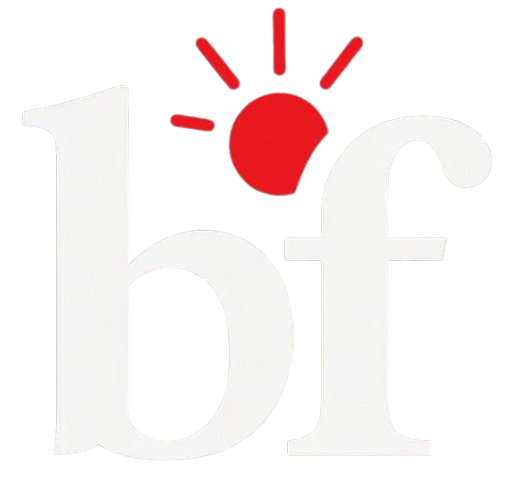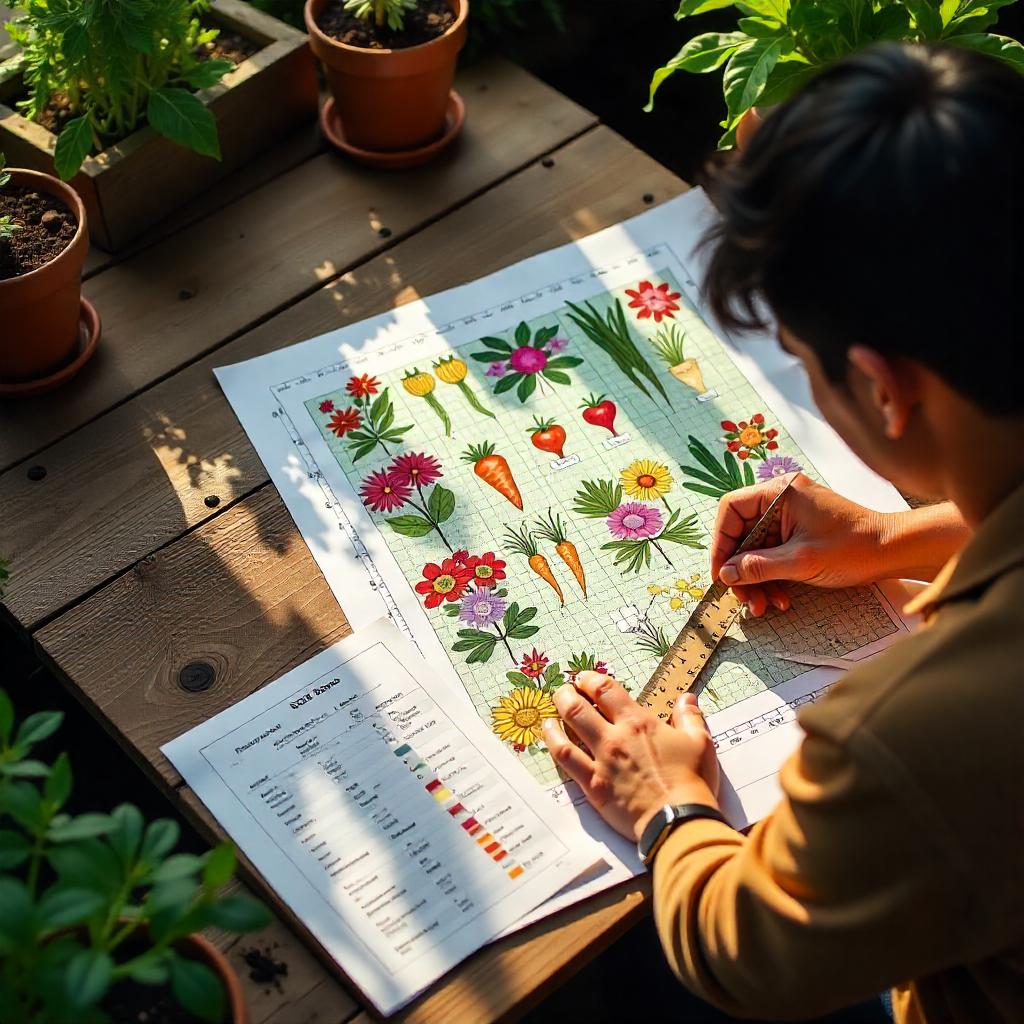Gardening can be a great hobby, but it can also get expensive if you’re not careful. Whether you’re just starting or have been growing plants for years, it’s important to manage your spending wisely. Here’s a simple guide to help you budget for your garden without breaking the bank.

Start Small
You don’t need to buy everything at once. Begin with a few essential tools, seeds, or plants. This way, you can avoid spending a lot of money upfront. For example, instead of getting fancy tools, start with a basic set like a shovel, gloves, and a watering can.
Reuse and Recycle
Look around your home before heading to the store. Old containers, bottles, and even shoes can make creative planters. You can also reuse food scraps to start composting, which helps save money on fertilizer. This not only helps your garden but also keeps waste out of landfills.
Grow From Seeds
Buying plants can be expensive, especially if you get fully grown ones. Instead, consider growing your plants from seeds. Seeds are much cheaper and often give you more plants for your money. Plus, it’s rewarding to see something grow from scratch.
Shop at the Right Time
Timing is everything when it comes to saving money. Many garden stores have sales at the end of the planting season. You can pick up seeds, tools, and even plants at a fraction of the cost if you’re willing to wait for these sales.
Make Your Own Fertilizer
Instead of buying expensive fertilizers, you can make your own at home. Composting kitchen scraps like fruit peels, coffee grounds, and eggshells can give your plants the nutrients they need to thrive. It’s an easy way to reduce waste and save money.
Share with Friends
If you have gardening friends, consider swapping plants, seeds, or tools. This can save you money and give you access to different types of plants you may not have tried before. You can even split the cost of larger items, like mulch or soil, and share the products.
DIY Garden Decor
You don’t have to spend a lot on garden decorations. Many things you have at home, like old furniture or broken pots, can be turned into garden art. A little creativity can turn something old into something beautiful for your garden.
Plan Before You Plant
Impulse buying is easy when you see beautiful plants at the store, but it’s important to plan what you need. Make a list of the plants you want and the tools you’ll need, and stick to it. This will help you avoid buying things you don’t really need and stay within your budget.
Water Wisely
Water can be a big expense if you’re not careful. Using rain barrels to collect rainwater is a great way to save money and water your plants for free. You can also mulch your plants to help retain moisture, so you won’t need to water them as often.
Final Thoughts
Gardening doesn’t have to be expensive. With a little planning and creativity, you can enjoy a beautiful garden without spending too much. Remember to start small, reuse what you have, and share with others to keep your costs down. Happy gardening!
FAQs
1. Can I grow a garden on a tight budget?
Yes! Starting small, reusing items, and growing from seeds can help keep your gardening costs low.
2. How can I save money on garden tools?
Look for sales at the end of the season, borrow from friends, or buy only what you really need.
3. Is composting worth it?
Absolutely. Composting saves money on fertilizers and helps reduce waste, making it a win-win for you and the environment.
4. Can I use household items in my garden?
Yes! Many household items like containers, old shoes, and even kitchen scraps can be repurposed for gardening.
5. When is the best time to buy garden supplies?
The best time to buy garden supplies is at the end of the planting season when stores have clearance sales.



